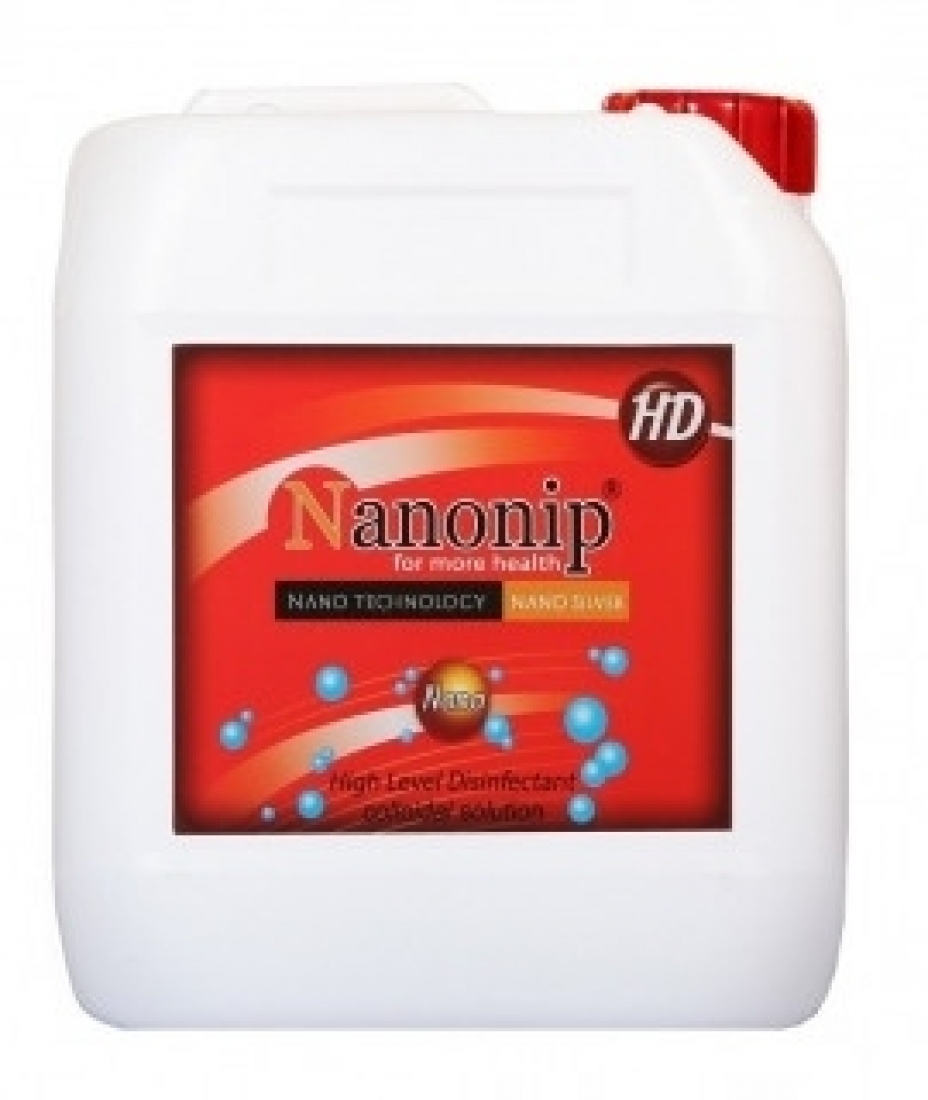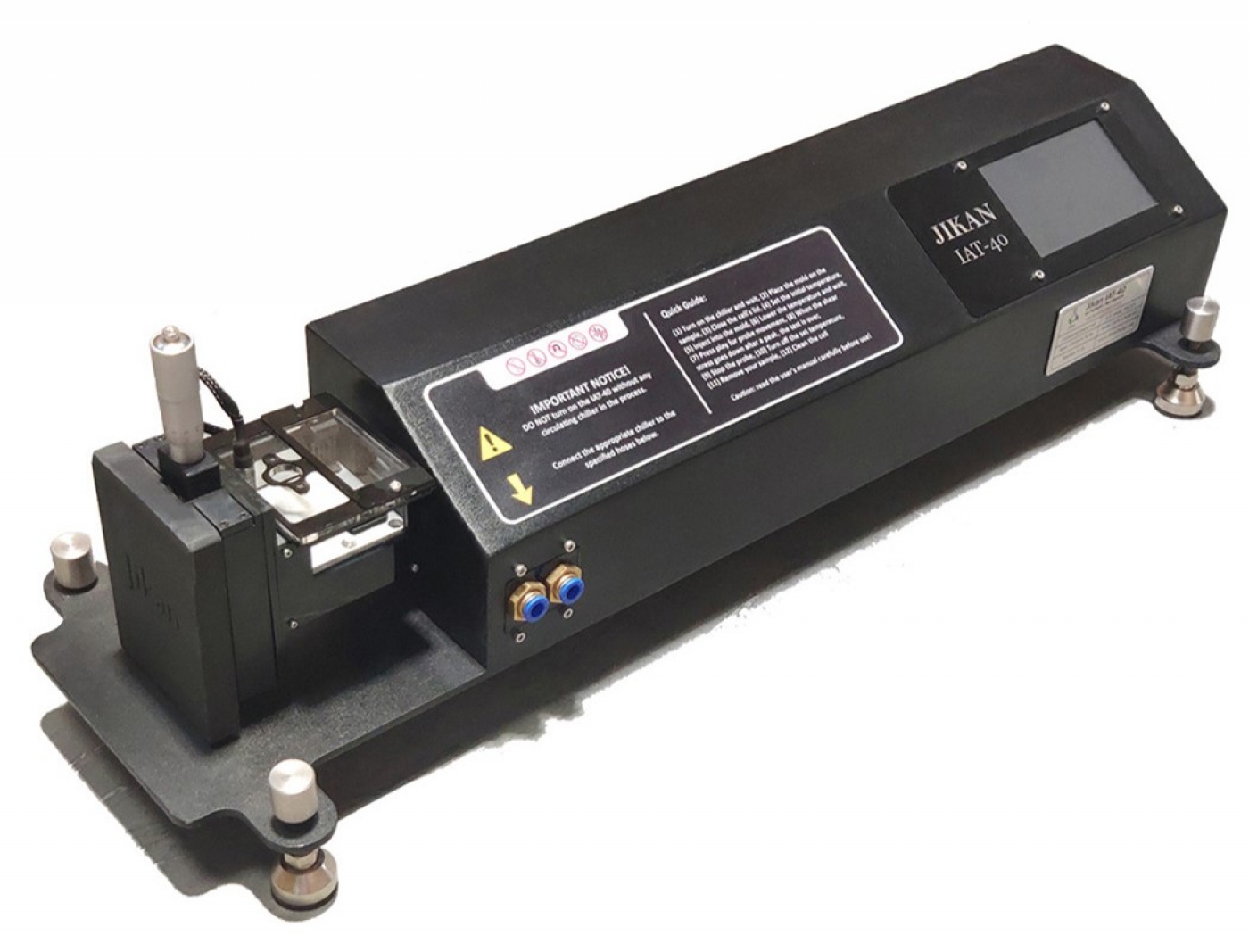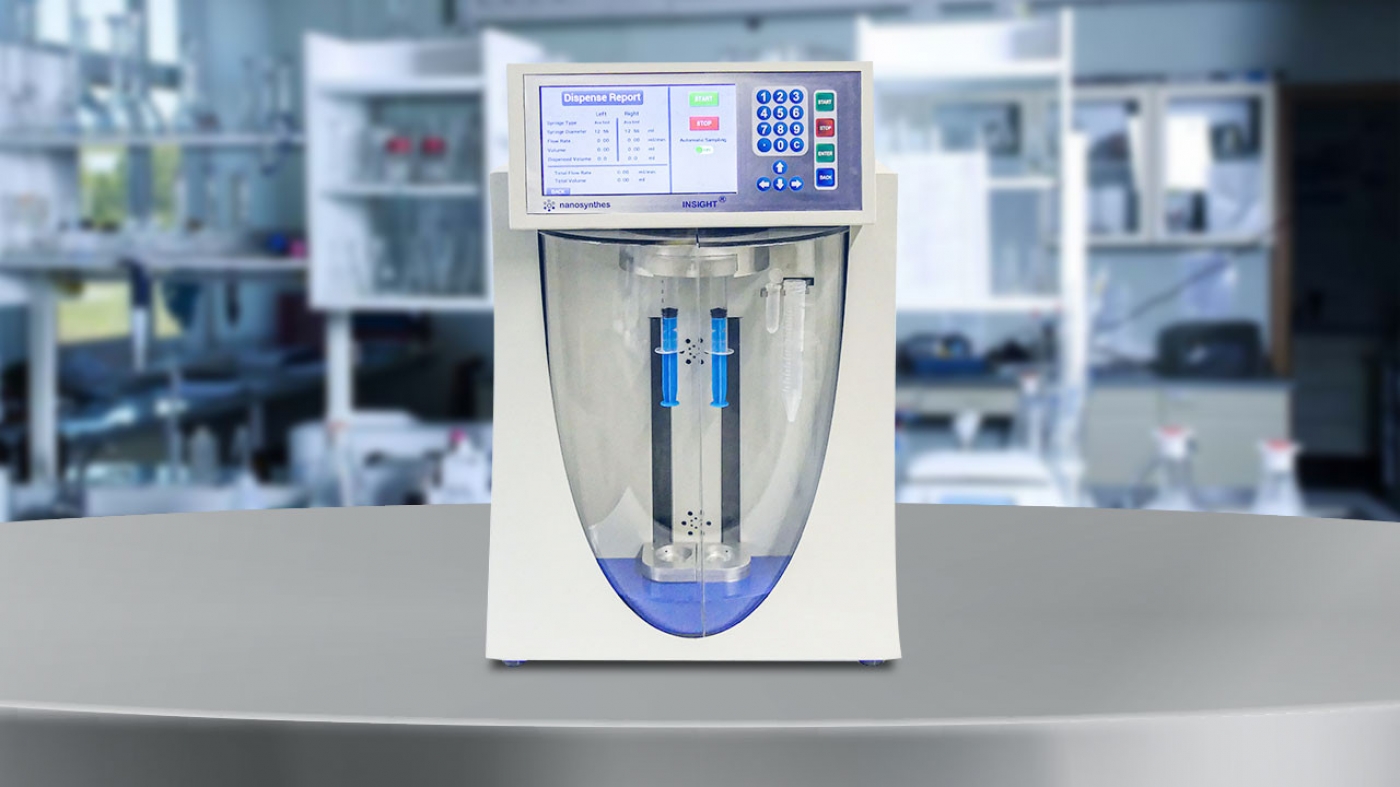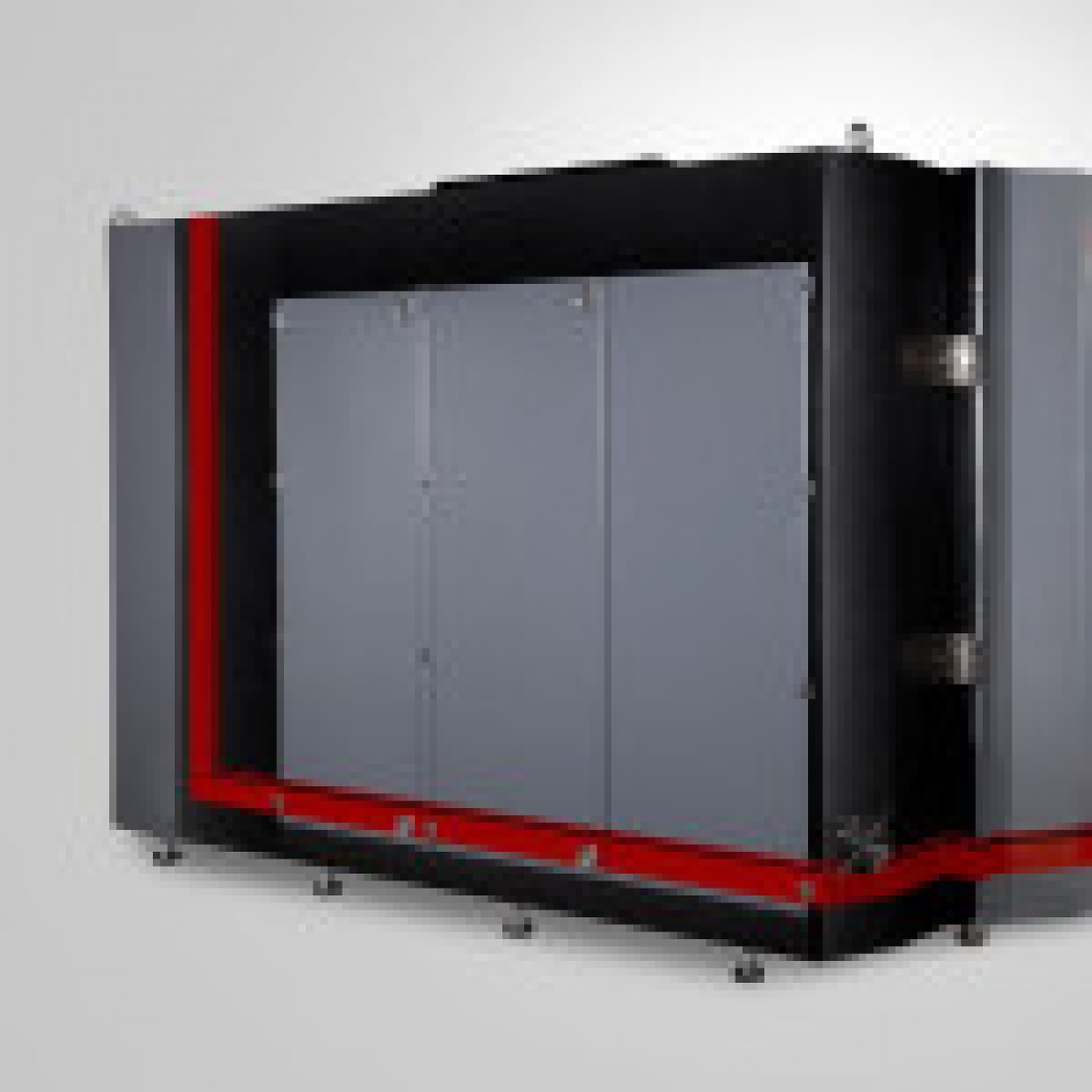
Titania Catalyst
Hydrogen sulfide (H2S) is an unwanted by-product of processes performed on fossil fuels (including natural gas and oil) that must be removed from fuels and combustion products. The sulfur recovery unit (SRU) process is used to recover sulfur compounds from the sour gas streams of gas and crude oil refineries to prevent the release of pollutant gases as well as sulfur production. To recover the sulfur in this gas stream, the Sulfur Recovery Unit or Claus process is used. At present, most of the sulfur required by the industries in the world is obtained in this way, while preventing the entry of a large percentage of toxic hydrogen sulfide gas into the atmosphere. In the Claus process, catalysts are used that increase the efficiency of the process. These catalysts are mainly used simultaneously in the sulfur recovery reactors of gas and oil refineries. The different types of these catalysts are:
Titanium dioxide (TiO2) is a white solid inorganic substance that is stable against heat, non-flammable, and poorly soluble.
Titania Catalyst, also known as Hydrolysis Claus Catalyst, is used in Claus units in processes related to natural gas, oil refining, and coke factories. This type of catalyst is mostly used for the first converter and COS and CS2 reactions. Therefore, titania converts these two materials to H2S and then converts them to elemental sulfur to increase the conversion percentage. Titanium dioxide has suitable mechanical properties and shows good stability in acidic and oxidizing environments. Also, TiO2 base catalysts have good corrosion resistance in different electrolytic environments, therefore they can also be used as support in heterogeneous catalysts because they ensure stability in electrochemical environments and are commercially available.




